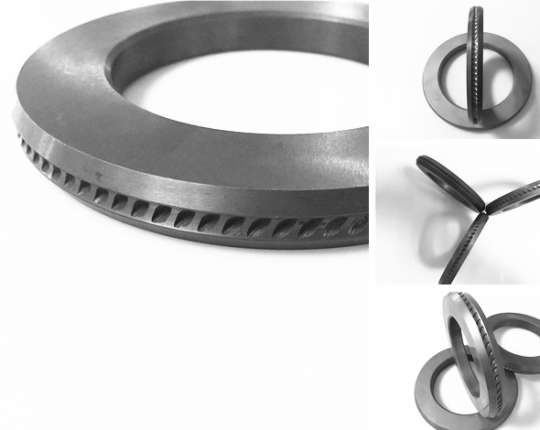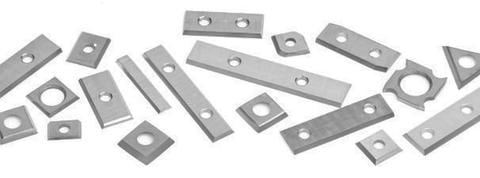6 preguntas y respuestas que te ayudan a conocer las terminaciones
End mills are currently widely used in various sectors such as automobile manufacturing, logistics, molds, machinery, etc., and because of the increasing use of various aspects, the application requirements are also increasing. Therefore, various problems that are common in the use of end mill applications are summarized and answered.
[Q] How should the Ø12 of the two teeth of the end mill be ground?
[Answer] First, the sand wheel should be ground, the edge of the grinding is a little angled, the milling cutter, the blade should pay attention, the outside should be higher than the inside… The slope inside should not be too oblique, probably just like this, this still has to grind more Practice only.
[Q] What is an end mill and what is a disc milling cutter? What is the difference?
[Answer] End mills are generally used for milling end faces, rather than keyway cutters for milling slots. The disc milling cutter is mainly used for milling large end faces, because the straight milling of the disc milling cutter is generally large, the milling end face is faster for milling, and the saw blade milling cutter is generally used for milling.
[Q] Why can’t the end mill cut vertically?
[Answer] When the end mill rotates, the midpoint of the bottom edge is relatively static. It does not have any machinability and chip removal, so it cannot be cut vertically.
[Q] How is the feed rate of the end mill determined?
[Answer] The selection of cutting amount should be considered together with the factors such as tool, workpiece and machine tool. The main cutting edge of the end mill is the peripheral edge. The feed per tooth is generally about 0.1 during finishing. The amount is generally selected from 0.25 to 0.3 mm. Specifically, it should be matched with the cutting parameters such as cutting speed, axial depth of cut and radial depth of cut.
[Q] What is the difference between the end mill and the ball end mill and its selection principle?
[Answer] End mills and ball end mills, one is the ball head, one is the flat bottom, the end mill is mainly for conventional machining, and the ball end milling cutter can be used for milling the surface.
[Q] What is the difference between the collet for the end mill and the collet for the tap? Do you have to use the company handle when tapping?
[Answer] Although the collet for holding the straight shank end mill can be used to hold the tap for rigid tapping, the effect is not good, generally the small diameter tap is no problem; the ER collet for the tap is with a square groove That is, the flat-tailed limit function of the tap handle is now available in general tool manufacturers.


